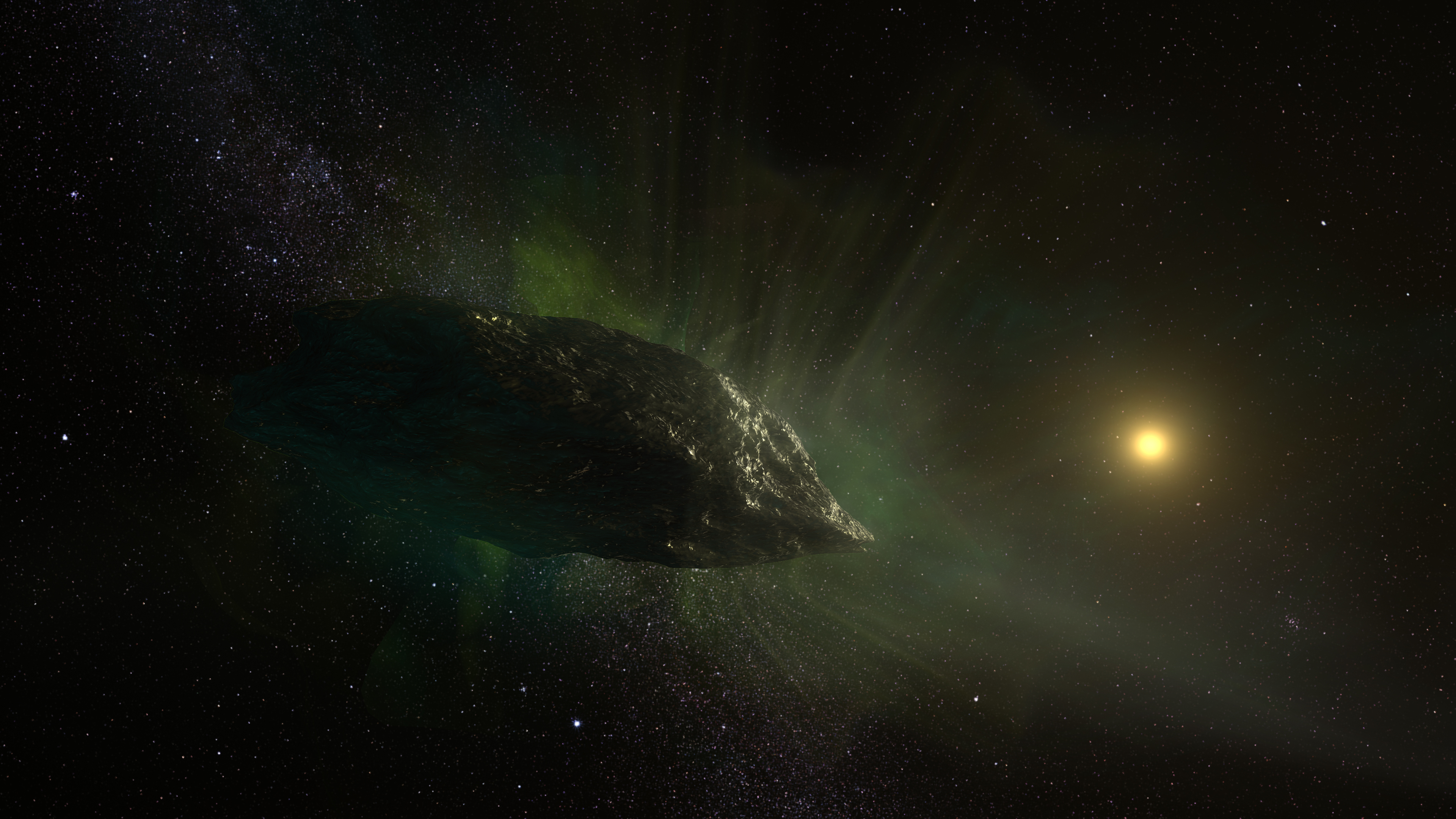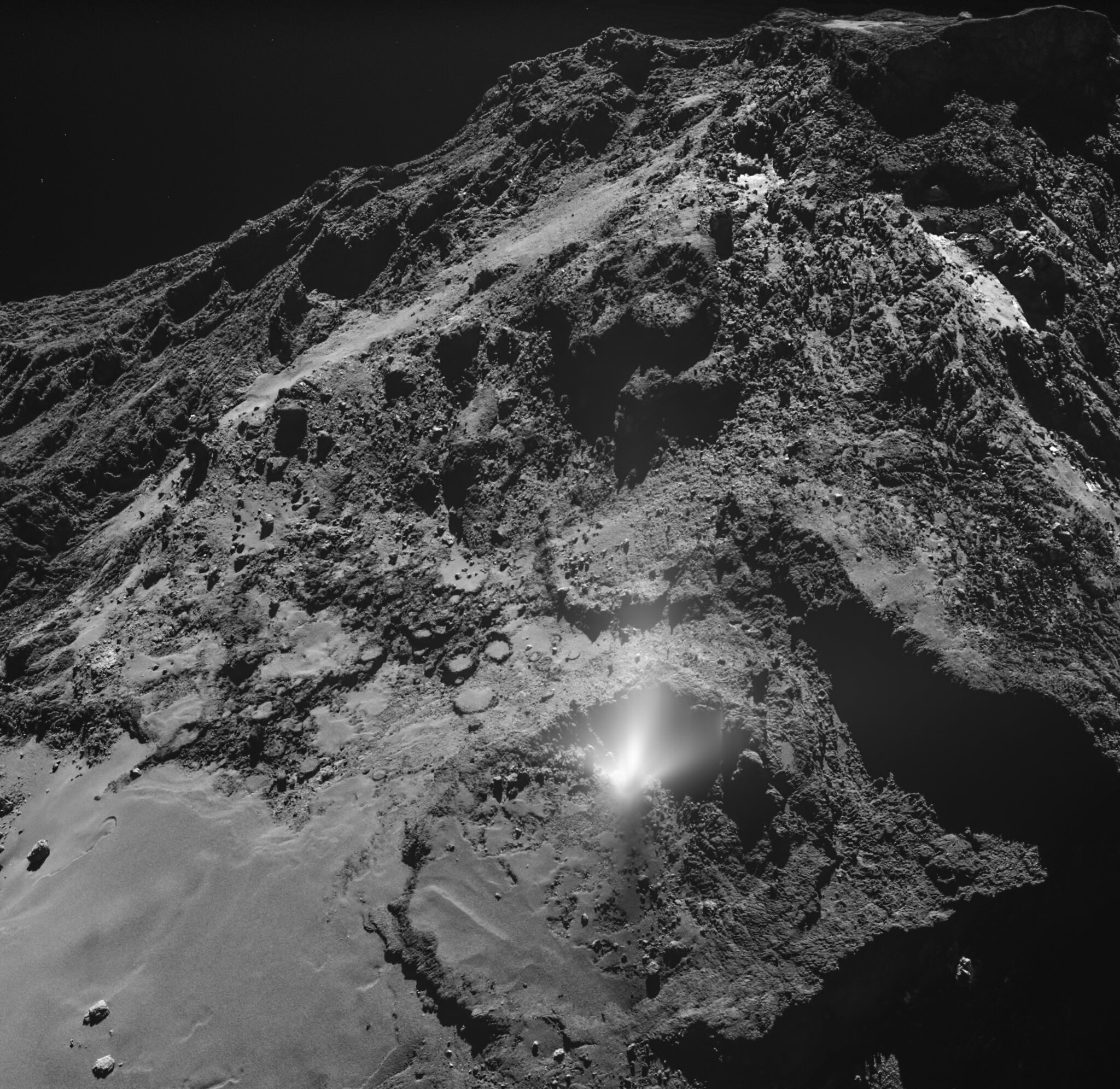
Credit: NRAO/AUI/NSF, S. DagnelloCredit: NRAO/AUI/NSF, S. Dagnello
2I/Borisov likely formed in extremely cold environment, high amounts of CO show. A galactic visitor entered our solar system last year — interstellar comet 2I/Borisov...
Read More

2I/Borisov likely formed in extremely cold environment, high amounts of CO show. A galactic visitor entered our solar system last year — interstellar comet 2I/Borisov...
Read More
More than 30 years ago, the European comet mission Giotto flew past Halley’s comet. The Bernese ion mass spectrometer IMS, led by Prof. em. Hans Balsiger, was on board. A key finding from the measurements taken by this instrument was that there appeared to be a lack of nitrogen in Halley’s coma – the nebulous covering of comets which forms when a comet passes close to the sun...
Read More
This artist’s impression shows the binary asteroid 288P, located in the main asteroid belt between the planets Mars and Jupiter. The object is unique as it is a binary asteroid which also behaves like a comet. The comet-like properties are the result of water sublimation, caused by the heat of the Sun. The orbit of the asteroids is marked by a blue ellipse. Credit: ESA/Hubble, L. Calçada
With the help of Hubble, astronomers have observed the intriguing characteristics of an unusual type of object in the asteroid belt between Mars and Jupiter: two asteroids orbiting each other and exhibiting comet-like features, including a bright coma and a long tail. This is the first known binary asteroid also classified as a comet.
In September 2016, just before the asteroid 288P made its closest appro...
Read More
A diagram showing how the meteors will appear to emanate from a radiant in the constellation of Gemini, located in the east in the evening sky. Credit: Greg Smye-Rumsby / Astronomy Now
From 13 to 15 Dec, weather permitting, skywatchers across the world will be looking up as the Geminid meteor shower reaches its peak, in potentially one of the best night sky events of the year. Tens of ‘shooting stars’ or meteors may be visible each hour (the theoretical maximum under ideal conditions is about 120/hr). Meteors are the result of small (mm- to cm-sized) particles entering the Earth’s atmosphere at high speed, burning up and superheating the air around them, which then shines as a characteristic short-lived streak of light...
Read More
Recent Comments